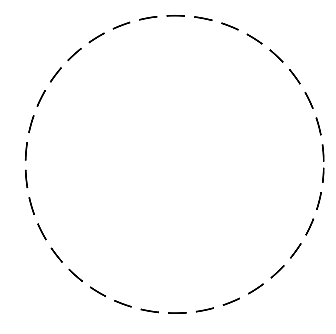An online exhibition series thematizing documentation, conservation, (false) memory, (art) object, phenomenology, and blockchain certification.
The new Summer Collection 2020 is ready, 58 works by 50 artists, with a lot of wonderful works!
The two previous collections are available here - Spring 2020 and Winter 2019.
Next deadline will be September 22 for the Autumn 2020 Collection. See call here.
The collections are notarized and certified on the bitcoin blockchain each with the hash key of the zip of the collection embedded in the transaction. It means there's a public stamp referring to it, a proof-of-existence, since the hash-key is unique. So, the undocumented events and objects of the collection are then nonetheless proven to exist, which was partly the point, to assert an existence of the otherwise non-documented and non-documentable. In various degrees the works reflect this. In other words, blockchain is used as an archive, museum or a similar function for conservation of works, but without containing or revealing them - its only function is to certify their existence when asked.
Description
Documentation and mediation of art are central and have been the subject of debate throughout the past century, especially with regard to the dematerialisation of art in the 1960s and prior, via conceptual art in variants, in various attempts to combat the commodification of art and the art object itself.
With respect to online art - it's virtual, consists of information, data, and is a fully mediated object, constructed on protocols for communication, every representation is also a transaction. The object itself is documentation, so the entire internet can be considered an archive, and more, a panopticon - an all-seeing eye (with reference to the uncovering of global surveillance programs). Thus, it may be a challenge not to document and preserve online art, just as much as it would be to delete it.The purpose of this call is to investigate internet art as documented, non-documented, non-documentable.
Other dimensions of the show are via 'object permanence' - from psychology, where a child learns an object continues to exist even though the child doesn't perceive it in any way. Secondly, through 'false memories' (e.g. Julia Shaw, 2016) where research shows that it's surprisingly easy to manipulate memory, and that the media plays the role of a false servant in that a mediation of an experience causes one to remember the mediation while distorting and forgetting the experience itself. A mediation of an art object is thus the opposite of an 'object permancence': The object disappears and no longer exists for the people who sense it, while it continues to exist for those who don't sense it.
In relation to false memories and memory is the feeling of knowing something without being quite able to access the memory itself, cf. the expression "on the tip of tongue". Research suggests that this feeling may be quite precise, ie. if one is having this feeling then it would indicates that the memory exists and that it's not false. This could be understood in information technology analogous to a cryptographic hash function. The function can be utilized to verify that an object exists and is correct without accessing the object itself (it kind of has the object on the tip of its tongue, proving that it exists and isn't false).
The technology behind blockchain is based on such a verification functionality. One of the points of this project is to use blockchain as an experimental method in terms of documenting and preserving events and objects. The entity can thus be verified as existent without it being mediated itself. In an art context this is a new form of conservation which we think is worth examining. It's like having the possibility of getting a stamped document verifying the existence of some sort of entity that would otherwise be lost because of its fleeting character or whatever property or notion we might deem worthwhile preserving in some sense. The idea is that it could help shape another ontology of entities more in according to our sensibilities than to the characteristics of specific media. Trying to express this in another way: Here you have a handle to whatever. You can give papers to a whole new range of ontological otherness, somehow fixing an attention on them, in a similar way that we have words that correspond to 'things'. The formalism of notarizing these entitites would correspond to having a word for them, to be able to refer to them as something existent or an otherwise verifiable notion of reality.
Once we know how the media shapes and distorts reality via memory and documentation, the more important it is that art allowed and encouraged free forms for exploration and expression, to convey an experienced reality, ie. through a phenomenological approach - an exploration and analysis of an object-as-experienced using new technology for documentation and verification.
Participating artists
Kristin Anderson, Bruce Barber, Domenico Barra, Aad Bjrkro, Rafael Bresciani, Tyler Calkin, Qianxun Chen, d_d Games, Alvar Danielsen, Reynald Drouhin, Paul Groch Frazier, Benna Gaean Maris, Hassan Harvey, @henridegrasse, Max Herman, James A Hutchinson, Danielle Imara, Nivard Jorissen, Timo Kahlen, Michelle Koenig, Tyrone Kunkle, Alex Lagueux, Carme Loupton, Bjrn Magnhilden, Felix Maurer, Brno Melo, Nick Montfort, Gilberto Morgan May, Gabby Patterson, Simon Perathoner, klaus pinter, Tija Place, Max "Cory" Poplar, poroku, Stefanie Reling-Burns, Michael Ridge, Oscar Ruiz Altamirano, Emile Schleich, Nina Sobell, Alan
Sondheim and Sandy Baldwin, Elle Thorkveld, Patricia Tolbert, andrew topel, A. P. Vague, Paul Wiegerinck, Brent Wiley, William Wolfgang Wunderbar, Hussel Zoo, zsolt, and [anonymous].

